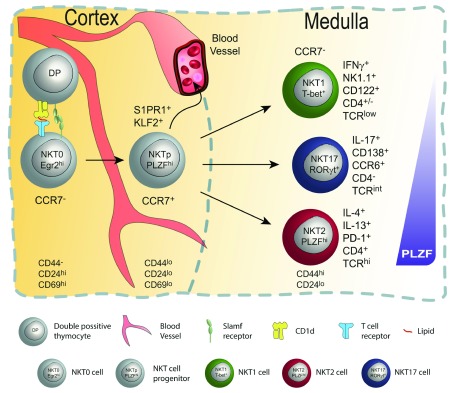Figure 1. Invariant natural killer T (iNKT) cell development in the thymus.
In the cortex of the thymus (left), double-positive (DP) iNKT progenitors are positively selected by other DP thymocytes presenting lipids via CD1d. This results in survival and lineage commitment; only those rare DP thymocytes bearing T-cell receptors (TCRs) (invariant Vβ14 chain paired with a limited set of beta chains) with the right specificity are selected and committed to the iNKT cell lineage. This step requires strong TCR signaling in combination with co-stimulatory signals via homotypic interactions between SLAM (signaling lymphocyte activation molecule) family members. Signaling leads to upregulation of Egr1 and Egr2, which are needed for PLZF induction and stable expression. Immediate post-selection iNKT cells are Egr2 hiCD24 hiCD44 −CD69 hi and are designated as NKT0 cells. Subsequently, NKT0 cells downregulate CD24 and transition into CCR7 + multi-potent NKT cell progenitors (NKTp). At that stage, NKTp cells can egress from the thymus or continue their differentiation into one of the effector subsets (iNKT1, 2, or 17). Mature NKT cells are CCR7 − and reside in the medulla region as terminally differentiated tissue-resident NKT cell subsets.

